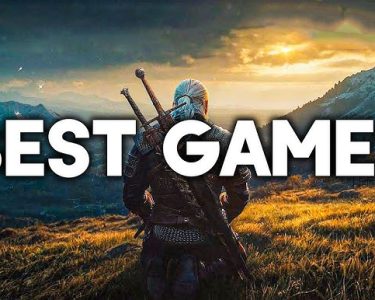Introduction
In the realm of gaming, mastering resource management is crucial for success. Whether it’s gold, energy, or materials, every game presents a unique economy that demands astute handling. This article delves into the core strategies for understanding, optimizing, and efficiently managing in-game resources. From establishing priorities to leveraging diverse resources, learn how to navigate the complexities of virtual economies and ensure sustainable growth within your gaming world.
Understanding In-Game Economy
At the heart of every game lies an economy—interconnected systems of resources that drive progress. From currency and energy to raw materials and experience points, each resource plays a distinct role. Studying the game’s economy involves understanding its resource hierarchy, the interdependencies between different resources, and how they influence progression.
Prioritizing Resources
Successful resource management begins with prioritization. Identify the critical resources necessary for advancement within the game. This may vary based on the game’s mechanics and objectives. Allocate resources based on their scarcity and the benefits they offer—investing heavily in high-value resources while optimizing the use of abundant ones.
Optimizing Resource Acquisition
Efficiency in resource gathering is key to sustaining growth. Explore various methods to optimize resource acquisition, such as completing quests, engaging in trade, or utilizing production facilities. Additionally, consider alliances or collaborations within the game to access shared resources or benefits, enabling a more strategic approach to acquisition.

Strategies for Resource Management
Managing resources requires foresight and planning. Implementing strategies like ‘Save and Spend’—reserving resources for critical moments while strategically using surplus ones—can prevent scarcity during crucial phases. ‘Diversification’ involves investing in multiple resource types to avoid overreliance on a single source. Furthermore, ‘Time Management’ involves scheduling resource-intensive tasks during optimal periods, maximizing efficiency.
Balancing Short-Term Needs with Long-Term Goals
Balancing immediate needs with future objectives is vital. Short-term gains might require spending resources quickly, but a long-term perspective is crucial for sustained progress. Striking a balance between immediate benefits and investing in future growth ensures stability and advancement.

Adapting to Changes in the Economy
In-game economies are dynamic, subject to updates and changes. Stay adaptable—be prepared to adjust resource management strategies based on alterations to the game’s economy. Being flexible and quick to adapt ensures continued success in the face of evolving challenges.
Conclusion
Mastering in-game economy and resource management is an art. By understanding the economy, prioritizing resources, optimizing acquisition, and employing strategic management techniques, gamers can navigate diverse gaming worlds more efficiently. Adaptability and foresight are the pillars of successful resource management, enabling players to thrive in ever-changing gaming landscapes.




